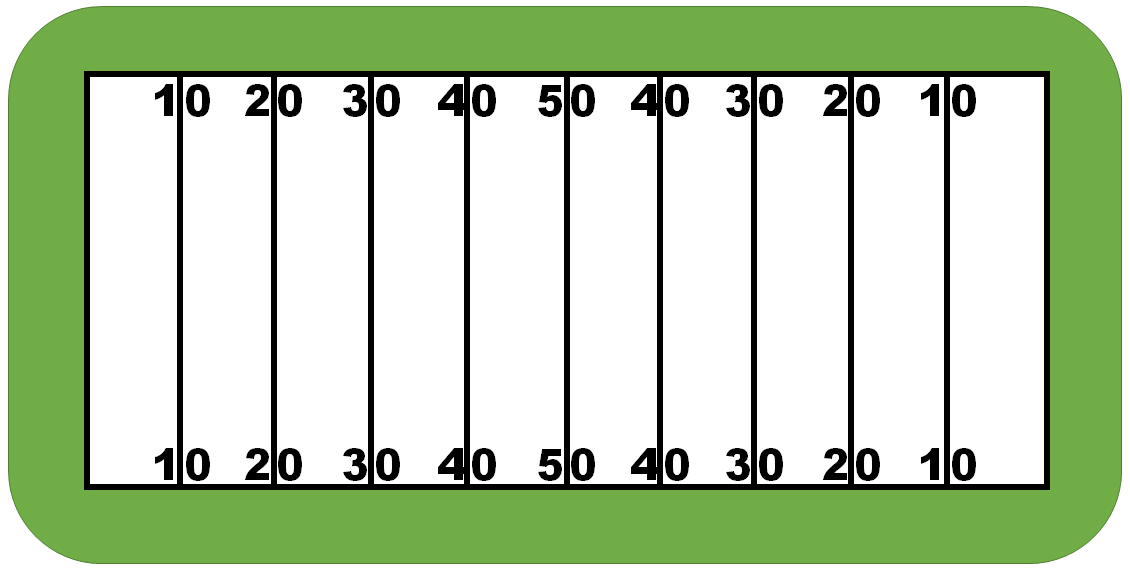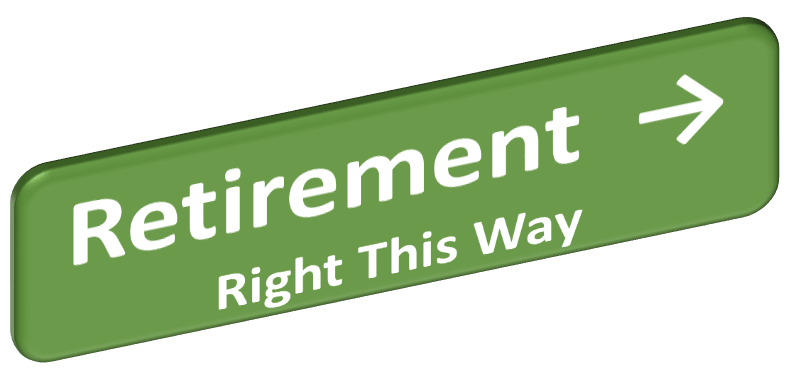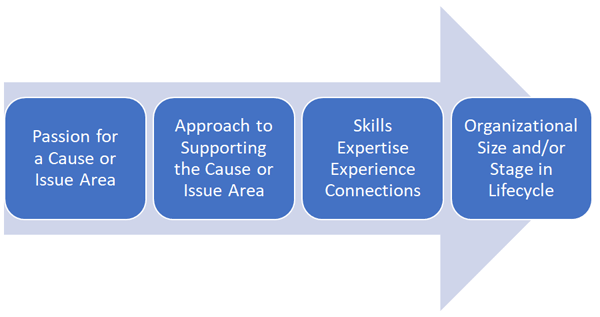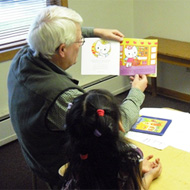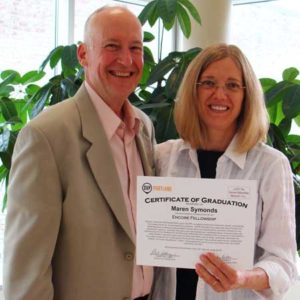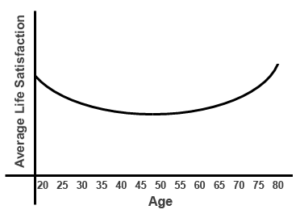Tomorrow is Thanksgiving, the day on which the holidays officially begin. (Yep – I ignored the Christmas decorations that were already going up in October!) We’ll spend time with my mother at her Memory Care facility and enjoy a (small) bite to eat while we watch a DVD together. Then we’ll share a meal with friends who were gracious enough to include us in their family gathering.
I’ll confess that I’m having trouble putting myself in an appropriately thankful spirit. On a conscious level, I am well aware of the many blessings in my life, not the least of which are family, friends, purposeful work, and the good health and resources to enjoy them. However, I’m overbooked for the umpteenth time in my life and wonder how I’ll get myself through the next few months. I can’t scan the headlines without getting a knot in my stomach.
As I was flipping through an old notebook in search of inspiration for this week’s post, I came across a poem that I first read in high school. It is timeless and good medicine for what ails me… and perhaps you, too.
Desiderata
by Max Ehrmann
 Go placidly amid the noise and haste,
Go placidly amid the noise and haste,
and remember what peace there may be in silence.
As far as possible without surrender
be on good terms with all persons.
Speak your truth quietly and clearly;
and listen to others,
even the dull and the ignorant;
they too have their story.
Avoid loud and aggressive persons,
they are vexations to the spirit.
If you compare yourself with others,
you may become vain and bitter;
for always there will be greater and lesser persons than yourself.
Enjoy your achievements as well as your plans.
Keep interested in your own career, however humble;
it is a real possession in the changing fortunes of time.
Exercise caution in your business affairs;
for the world is full of trickery.
But let this not blind you to what virtue there is;
many persons strive for high ideals;
and everywhere life is full of heroism.
Be yourself.
Especially, do not feign affection.
Neither be cynical about love;
for in the face of all aridity and disenchantment
it is as perennial as the grass.
Take kindly the counsel of the years,
gracefully surrendering the things of youth.
Nurture strength of spirit to shield you in sudden misfortune.
But do not distress yourself with dark imaginings.
Many fears are born of fatigue and loneliness.
Beyond a wholesome discipline,
be gentle with yourself.
You are a child of the universe,
no less than the trees and the stars;
you have a right to be here.
And whether or not it is clear to you,
no doubt the universe is unfolding as it should.
Therefore be at peace with God,
whatever you conceive Him to be,
and whatever your labors and aspirations,
in the noisy confusion of life keep peace with your soul.
With all its sham, drudgery, and broken dreams,
it is still a beautiful world.
Be cheerful.
Strive to be happy.

